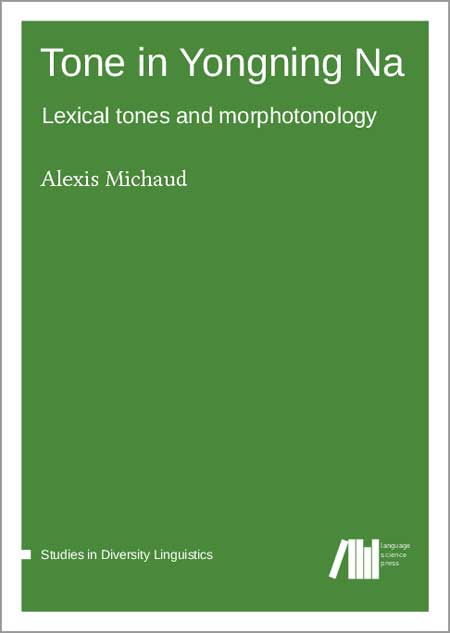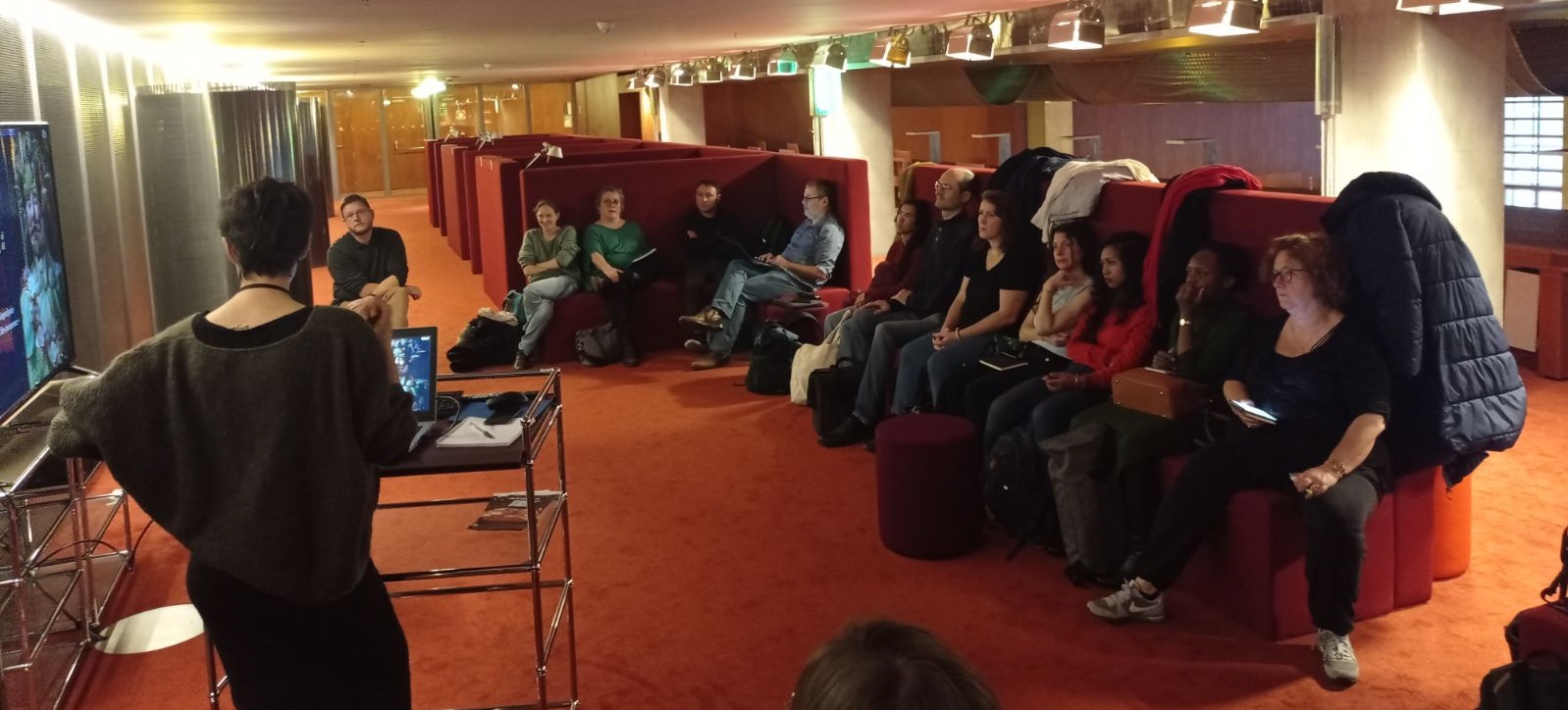Tone in Yongning Na: lexical tones and morphotonology

Yongning Na, also known as Mosuo, is a Sino-Tibetan language spoken in Southwest China. This book provides a description and analysis of its tone system, progressing from lexical tones towards morphotonology. Tonal changes permeate numerous aspects of the morphosyntax of Yongning Na. They are not the product of a small set of phonological rules, but of a host of rules that are restricted to specific morphosyntactic contexts. Rich morphotonological systems have been reported in this area of Sino-Tibetan, but book-length descriptions remain few. This study of an endangered language contributes to a better understanding of the diversity of prosodic systems in East Asia.
The analysis is based on original fieldwork data (made available online), collected over the course of ten years, commencing in 2006.
Contents
- Introduction (1)
- The lexical tones of nouns (53)
- Compound nouns (93)
- Classiers (163)
- Combinations of nouns with grammatical elements (195)
- Verbs and their combinatory properties (245)
- Tone assignment rules and the division of utterances into tone groups (321)
- From surface phonological tone to phonetic realization (357)
- Yongning Na tones in dynamic-synchronic perspective( 397)
- Typologicalperspectives (419)
- Yongning Na in its areal context (437)
- Conclusion (443)
Appendix A: Vowels and consonants (447)
Appendix B: Historical and ethnological perspectives (487)
References (517)
Index (561)
MICHAUD Alexis, 2017, Tone in Yongning Na: lexical tones and morphotonology — Berlin: Language Science Press (Studies in Diversity Linguistics 13), 2017.- 573 p.
In press on 26 April 2017


